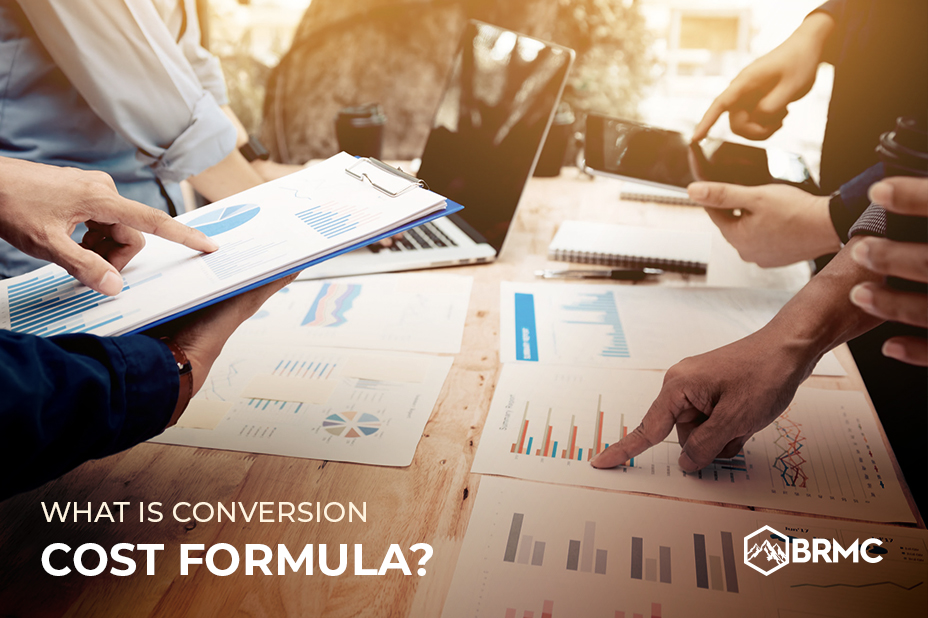
If the business is focused on the intensive conversion of raw materials to products, then conversion costs can give better results. In contrast, if the business regularly invests a big chunk of its expense on raw materials, Prime costs can provide a better overview. Both provide an overview of the company’s expenses that affect the production process and help the company make favourable financial decisions. In a typical manufacturing process, direct manufacturing costs include direct materials and direct labor. However, they may also include the cost of supplies that are directly used in production process, and any other direct expenses that don’t fall under direct materials and direct labor categories. So, during the process of making our goods, we are going to take the direct labor, use some overhead and take those materials and convert them into our final goods.
Direct cost Vs. Indirect Cost – What are the Key Difference?
A company’s accounts managers and production managers calculate these conversion costs to estimate the production expenses, and the value of the finished and unfinished inventory, and make product-pricing models. Manufacturing overheads used in calculating conversion costs are the overheads that cannot be attributed to the production process or a single unit in production, for example, rent or electricity. Conversion costs are the costs that are incurred by manufacturing companies when converting raw materials into finished goods.
What Is Conversion Cost? – Formula, Examples, Calculation
Direct labor is the cost that a manufacturing entity incurs for wages, salaries and benefits provided to production workers i.e., the workers who directly and physically handle the manufacturing process in a facility. Examples of direct labor workers include welders, machine operators, assemblers and painters etc. From a company’s perspective, the lower the conversion cost, turbotax offers discount the higher the profit margins. Therefore, in order to achieve optimization of the production process, companies strive to keep the conversion costs minimum. The term conversion costs often appears in the calculation of the cost of an equivalent unit in a process costing system. During June, Excite Company’s prime cost was $325,000 and conversion cost was $300,000.
AccountingTools
Both these components are added together in order to arrive at the figure for conversion costs for the company for the particular year. Timber, glue, nails, glass and finishing materials have been treated as direct materials because they all become part of finished and ready to sell table. Knowing these numbers helps the business management make the right decisions. The business can compare this cost to the industry average or their competitors and see if they need to cut costs somewhere or increase the price for each backpack. The cost of manufacturing a product cannot be traced to just one unit in the process.
The Company
The primary difference between the two is that the formula for conversion costs takes overhead into account. For this reason, it’s a more relevant number for operations managers, who may be looking at ways to reduce the indirect income statement accounts expenses of production. Direct labor costs include the salaries, wages, and benefits paid to employees who work on the finished products. Compensation paid to machinists, painters, or welders is common in calculating prime costs. To make the frames for the glasses, workers must cut the appropriate length of material and then shape the material into the frame with the help of a frame mold. Generally, a business is looked upon as developing and selling products and earning profits.

It is easier to track the materials and conversion costs for one batch and have those costs follow the batch to the next process. Thus, each cost concept provides a somewhat different view of the costs incurred to create products, though both concepts include the cost of direct labor. Manufacturing cost is the cost that company spends to support the production process but they cannot allocate to each product.
In manufacturing sector, the basic production costs can be categorized differently depending on the purpose and use of categorization. This categorization is helpful in determining the efficiency of manufacturing facilities and processes in producing their output. During a month, Company B has a total cost of $55,000 in direct labor and $66,000 in factory overhead costs. Yes, conversion costs can change based on factors like labor rates, overhead expenses, and efficiency improvements. Examples of manufacturing overhead include the utilities, indirect labor, repairs and maintenance, depreciation, etc. that is occurring within a company’s manufacturing facilities. Direct materials is the basic physical ingredient, matter or substance which the company processes to make a salable product.
- Thus, each cost concept provides a somewhat different view of the costs incurred to create products, though both concepts include the cost of direct labor.
- They invested ₹2,00,000 in galvanised iron sheets, ₹1,50,00 in aluminium sheets, ₹80,000 on SBR tyres, and paid ₹1,00,000 as employee wages.
- The cost of a product is determined by the amount of labor and overhead needed to convert raw materials into finished goods.
- In this regard, it is important to consider the fact that costing for production concerns is even more important in comparison to trading concerns because it provides a baseline on which the company decides the way forward.
Prime costs and conversion costs have direct labor cost as an overlapping item. Management needs to understand its costs in order to set prices, budget for the upcoming year, and evaluate performance. Sometimes individuals become managers due to their knowledge of the production process but not necessarily the costs. Managers can view this information on the importance of identifying prime and conversion costsfrom Investopedia, a resource for managers. By using conversion costs, we can calculate an efficient way of determining equivalent units and unit costs. Conversion costs are also used as a way to measure the efficiencies in the production processes but they also take into account the overheads in the production process, which are not calculated in prime costs.
